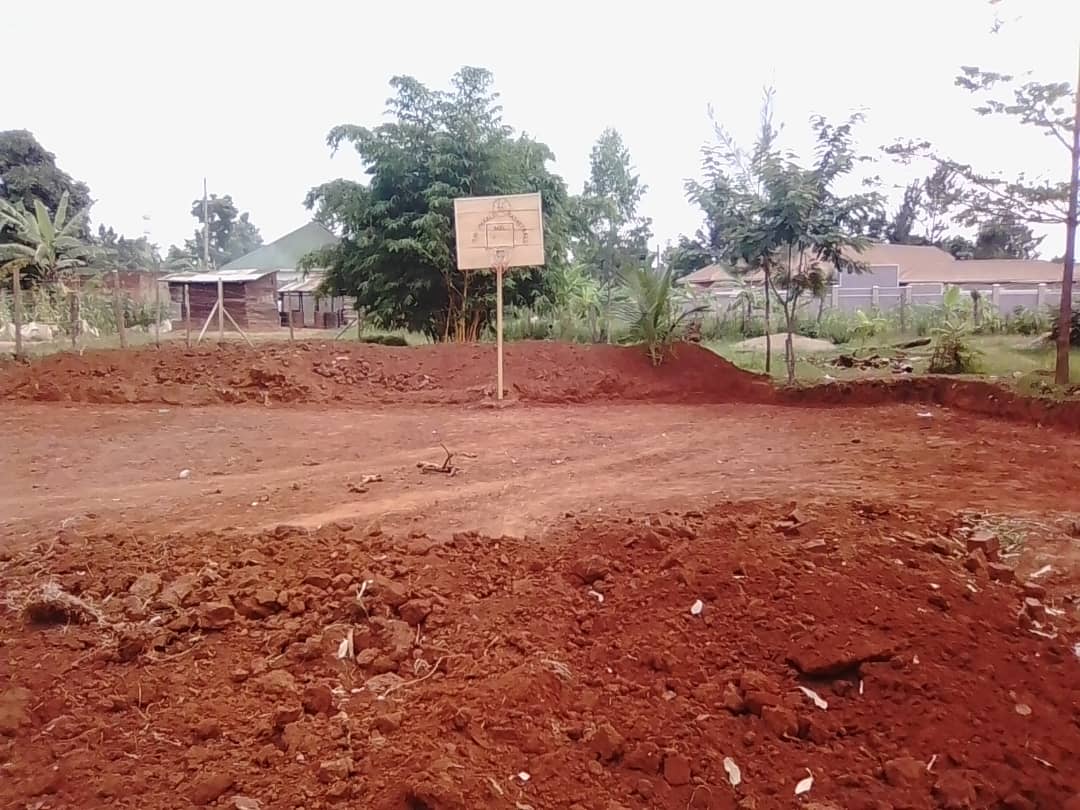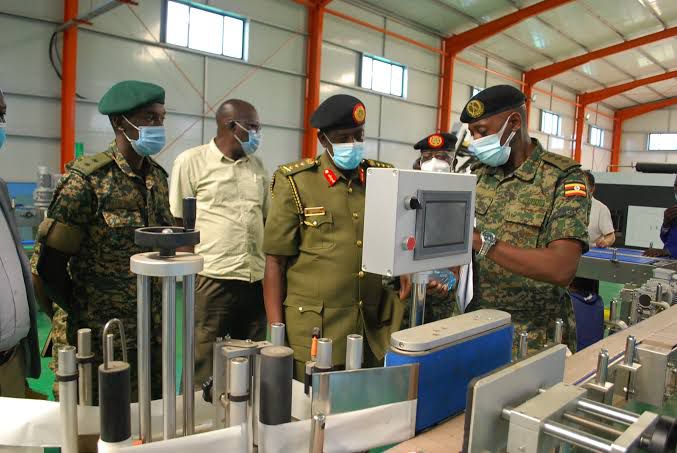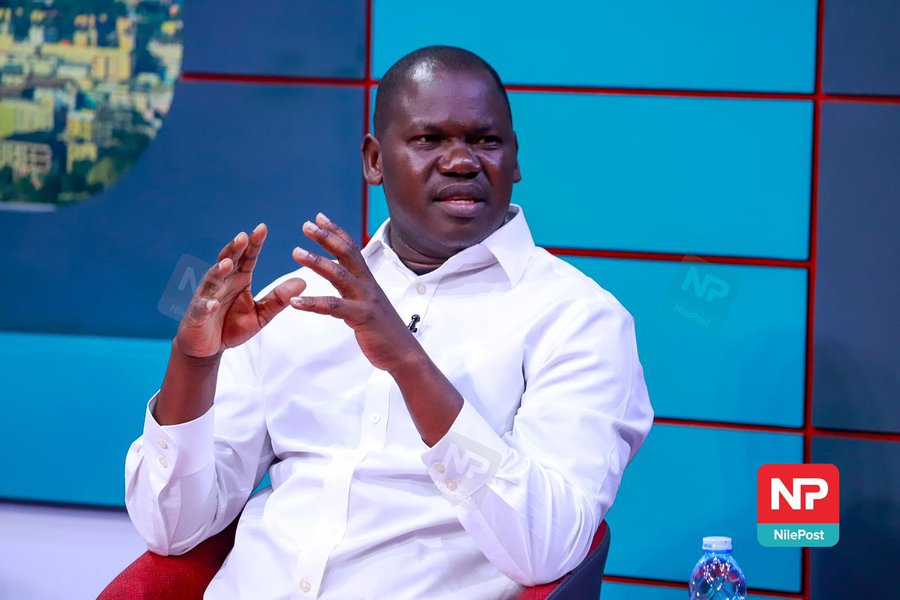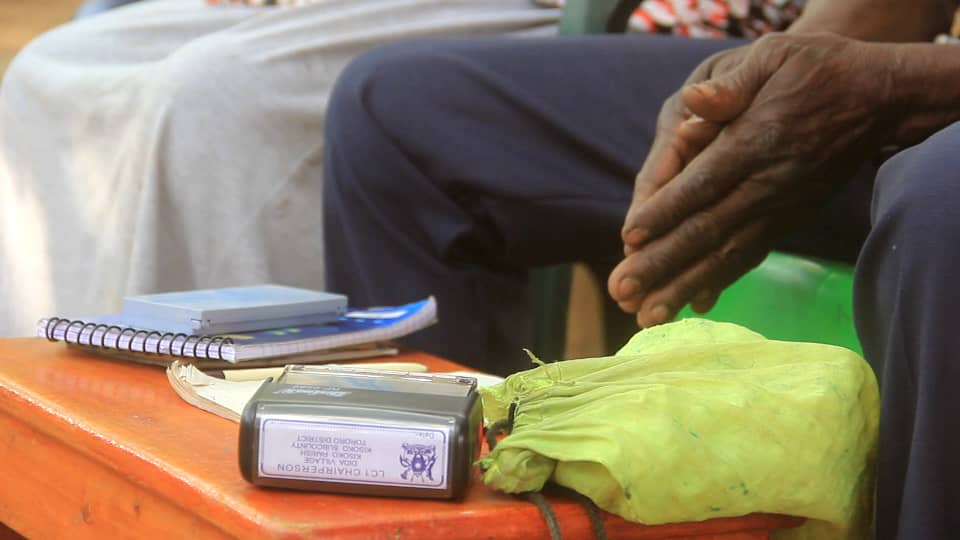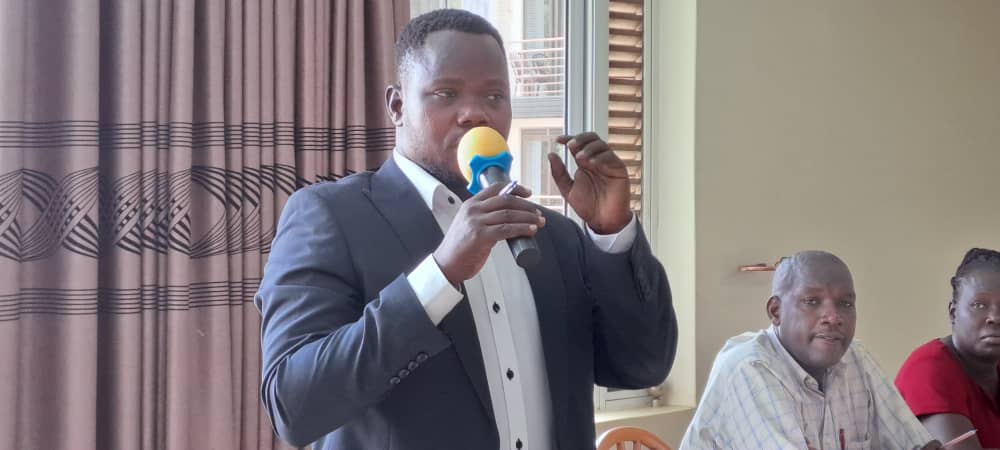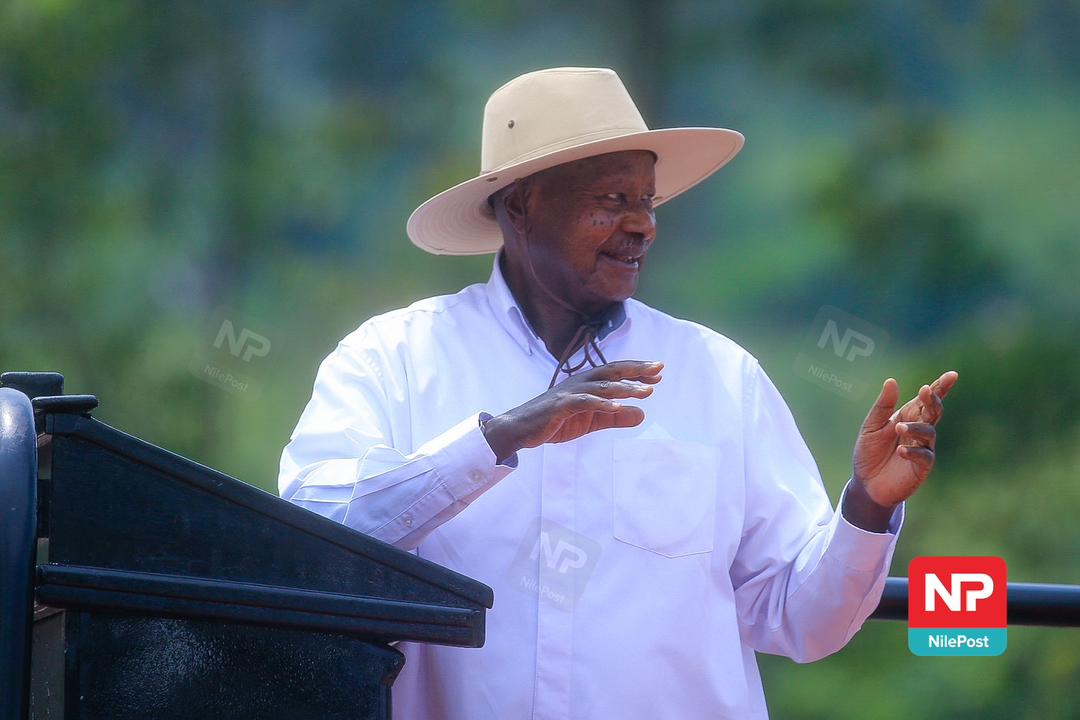Anticipating regional renaissance: The promise of Kenya-Uganda joint ministerial commission
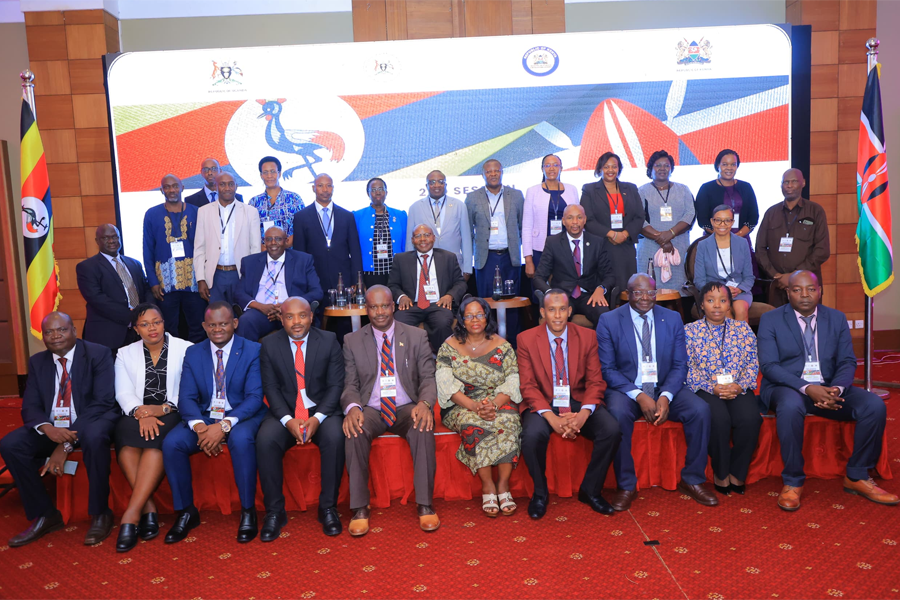
The ongoing Kenya-Uganda Joint Ministerial Commission (JMC) presents a significant opportunity for both nations to bolster regional cooperation and stimulate economic growth across various sectors.
With a focus on trade, investment, immigration, energy, defense, health, and more, the potential outcomes of this conference could reshape the socio-economic landscape of East Africa.
1. Trade and Investment: Kenya and Uganda should prioritize enhancing trade relations by removing existing barriers and streamlining customs procedures. With both nations being key players in the East African Community (EAC) and the Common Market for Eastern and Southern Africa (COMESA), increased trade collaboration can foster economic growth and job creation.
2. Energy and Natural Resources Development: Collaborative efforts in energy and natural resources development can lead to the establishment of joint ventures, renewable energy projects, and sustainable resource management practices. This could reduce dependency on fossil fuels, promote environmental sustainability, and ensure energy security for both countries.
3. Defense and Security: Strengthening defense and security cooperation is crucial for addressing transnational threats such as terrorism, organized crime, and border security issues. Joint training programs, intelligence sharing, and border surveillance initiatives can enhance regional stability and promote peace and security along the Kenya-Uganda border.
4. Health Services: The COVID-19 pandemic has underscored the importance of robust healthcare systems and cross-border collaboration in combating infectious diseases and improving public health outcomes. Joint initiatives in healthcare infrastructure development, disease surveillance, and vaccine distribution can enhance healthcare accessibility and resilience in both countries.
5. Infrastructure Development: Investing in physical infrastructure projects such as roads, railways, and ports can facilitate cross-border trade, enhance connectivity, and promote economic integration within the East African region. Strategic infrastructure development initiatives can unlock new trade corridors, attract foreign investment, and stimulate economic development.
Anticipated outcomes of the Kenya-Uganda JMC may include the signing of bilateral agreements, the establishment of joint committees or task forces, the formulation of action plans and policy frameworks, and the allocation of funding for collaborative projects.
Additionally, enhanced diplomatic relations, increased cross-border cooperation, and improved regional integration are expected to result from this conference.
In conclusion, the Kenya-Uganda Joint Ministerial Commission presents a unique opportunity for both nations to deepen their bilateral ties, address shared challenges, and unlock the immense potential for economic growth and development in the East African region.
By focusing on strategic areas of cooperation and leveraging their collective strengths, Kenya and Uganda can pave the way for a brighter and more prosperous future for their citizens and the entire region.




